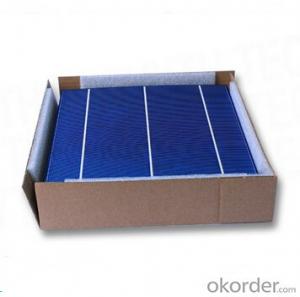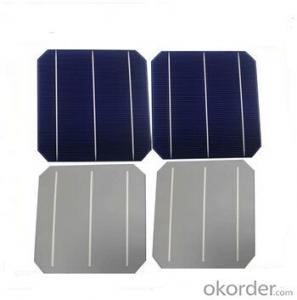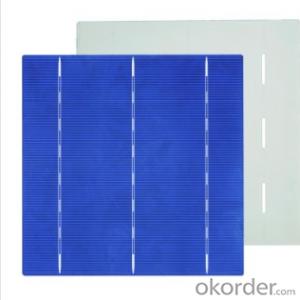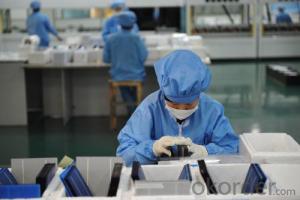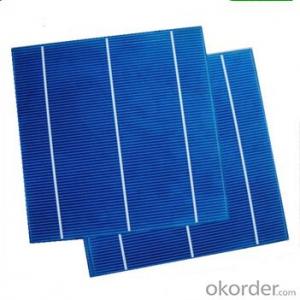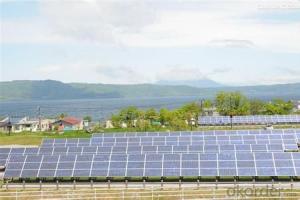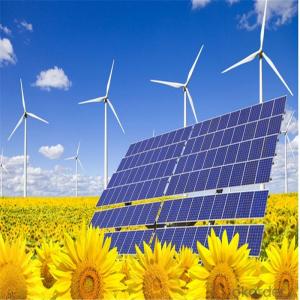Heterojunction Solar Cells
Heterojunction Solar Cells Related Searches
Except For Solar Cells Weegy Problems With Solar Cells High Power Solar Cells Light Trapping In Solar Cells High Performance Solar Cells High Output Solar Cells High Wattage Solar Cells Energy Transfer In Solar Cells High Efficiency Hvac Systems Recombination In Solar CellsHot Searches
Cheap Solar Cells For Sale Flexible Solar Cells For Sale Q Cells Solar Panels For Sale Printed Solar Cells For Sale Bulk Solar Cells For Sale 6x6 Solar Cells For Sale Broken Solar Cells For Sale Cpv Solar Cells For Sale Photoelectric Cells For Sale Price Of Silicon Solar Cells Price Of Solar Cells Over Time Buy Solar Cells From China Cheap Solar Cells China Best Type Of Solar Cells Flexible Solar Cells Price Q Cells Solar Panels Price 3 Types Of Solar Cells Production Of Solar Cells Common Types Of Solar Cells Q Cells Solar Panel PricesHeterojunction Solar Cells Supplier & Manufacturer from China
Okorder.com is a professional Heterojunction Solar Cells supplier & manufacturer, offers integrated one-stop services including real-time quoting and online cargo tracking. We are funded by CNBM Group, a Fortune 500 enterprise and the largest Heterojunction Solar Cells firm in China.Hot Products
FAQ
- Yes, solar cells can be damaged by hail or strong winds. Hailstones can crack or break the glass surface of solar panels, while strong winds can potentially dislodge or damage the panels themselves. It is important to ensure proper installation and quality materials to minimize the risk of damage from these weather conditions.
- Yes, solar cells can be used in remote areas. Solar energy is a viable solution for providing electricity to remote areas that are not connected to the main power grid. Solar cells are easy to install and require minimal maintenance, making them a practical and sustainable option for generating electricity in remote locations.
- Solar cells performance in dusty environments can be significantly affected. The accumulation of dust on the surface of the cells reduces the amount of sunlight reaching the cells, leading to a decrease in their efficiency. Regular cleaning and maintenance are required to ensure optimal performance in such conditions.
- Yes, solar cells can be used on satellites. In fact, they are commonly used as the primary source of power for satellites in space.
- The role of bypass diodes in solar cell systems is to prevent the loss of power due to shading or damage to individual solar cells. These diodes provide an alternate pathway for the flow of current, allowing the unaffected cells to continue generating electricity even if some cells are blocked or not functioning optimally. By minimizing the impact of shading or cell failure, bypass diodes help to maintain the overall efficiency and performance of the solar cell system.
- Yes, solar cells can be used for electric vehicle charging. Solar panels can convert sunlight into electricity, which can then be used to charge electric vehicles. This process, known as solar charging, provides a sustainable and renewable energy source for EVs, reducing their dependence on the grid and decreasing carbon emissions.
- Yes, solar cells can be and have been used in satellite or space exploration missions. Solar cells convert sunlight directly into electricity, making them a reliable and efficient source of power for satellites and space probes. They are lightweight, durable, and ideal for harnessing energy in space where traditional power sources are not feasible.
- Solar cells play a crucial role in powering emergency response systems by providing a reliable and sustainable source of energy. During emergencies, when the traditional power grid may be disrupted or unavailable, solar cells can generate electricity from sunlight, ensuring continuous operation of critical systems such as communication devices, lighting, and medical equipment. This renewable energy source helps emergency responders effectively carry out their duties, enabling them to provide aid, maintain connectivity, and save lives in challenging situations.


















